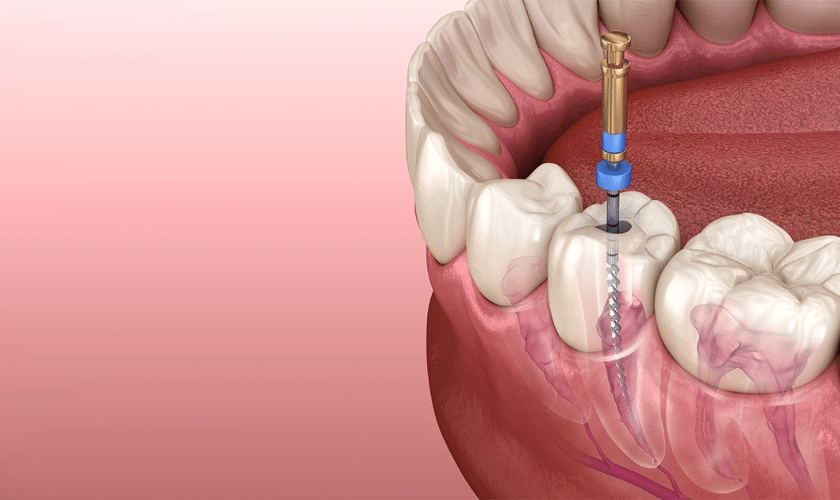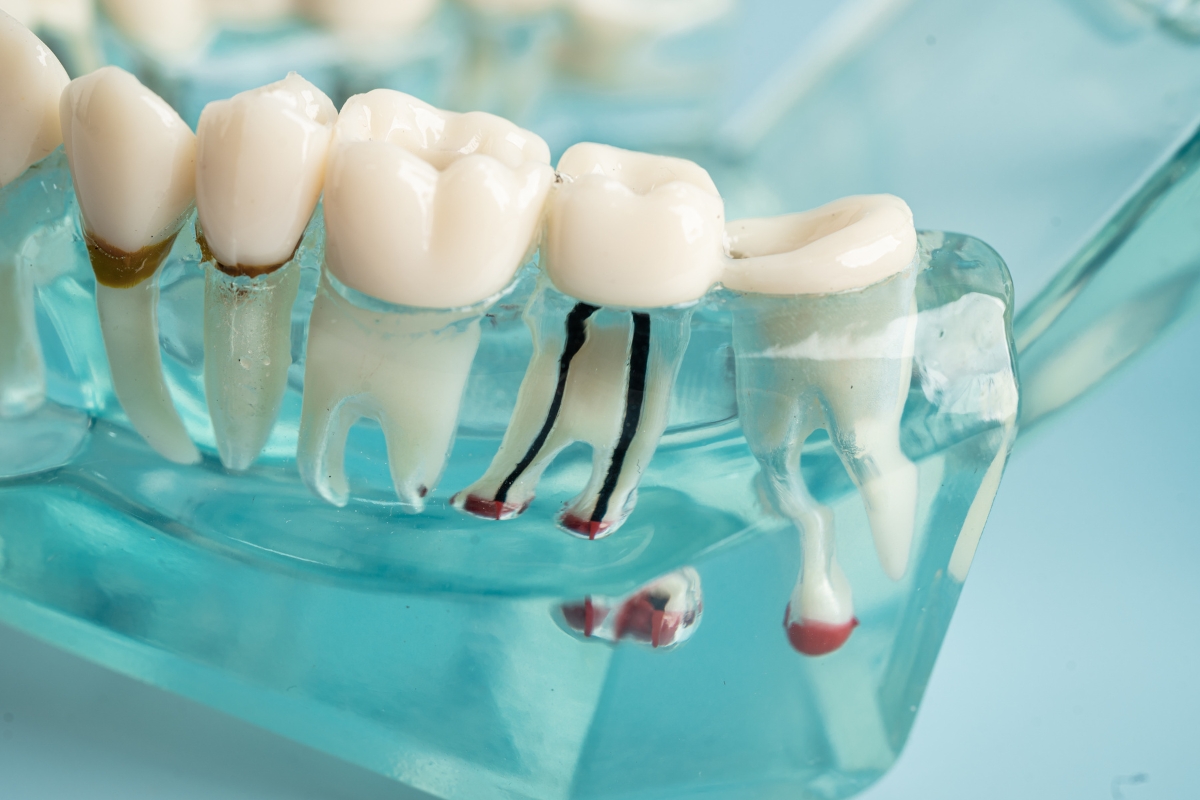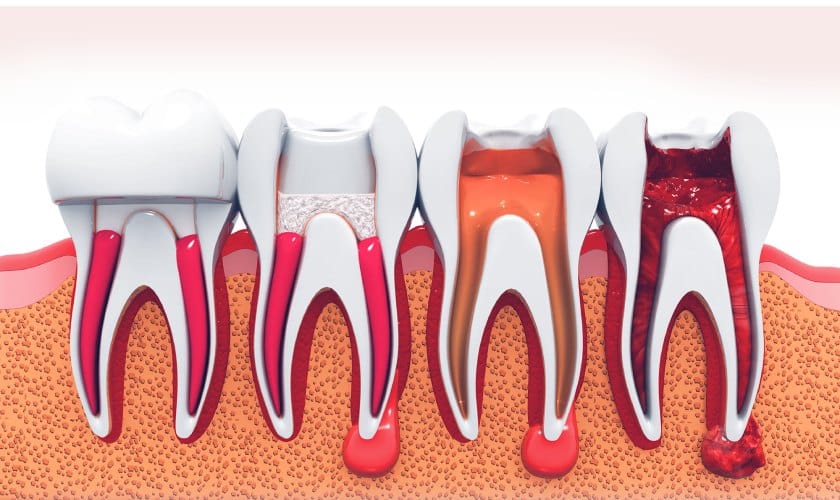4801 Southern Hills Dr, Sioux City, IA 51106, USA

Toothaches are no fun, and when the pain originates from a deeply infected root, a root canal procedure might be recommended by your dentist. While the procedure itself addresses the infection, there’s a natural healing process afterward to ensure the treated tooth functions optimally. This blog dives into everything you need to know about endodontic treatment recovery, including timelines, tips for a smooth healing journey, and signs that might warrant a visit back to the dentist.
When is a Root Canal Needed?
The need for a root canal arises when the pulp, the soft tissue inside your tooth containing nerves and blood vessels, becomes inflamed or infected. This inflammation or infection can stem from various causes, such as:
- Deep decay caused by untreated cavities
- Multiple dental procedures on the same tooth
- A cracked or chipped tooth
- A blow to the face
If left untreated, the infection in the pulp can spread to the jawbone and cause further complications. Symptoms that might indicate the need for a root canal include:
- Persistent toothache that throbs or pulsates
- Pain when biting or chewing
- Sensitivity to hot or cold temperatures
- painful or swollen gums surrounding the damaged tooth
- Formation of a pimple-like bump on the gums near the tooth
If you experience any of these symptoms, it’s crucial to schedule a dental appointment for a proper diagnosis. Early intervention can prevent the infection from worsening and potentially save the tooth.
What Does a Root Canal Involve?
A root canal is typically performed by a dentist or an endodontist, a specialist in endodontic treatment treatments. The following steps are typically included in the procedure:
Local anesthesia:
An anesthetic is administered to numb the area around the tooth.
Isolation:
A rubber dam is placed around the tooth to isolate it and keep the treatment area clean.
Access creation:
To get to the pulp of the tooth, the dentist drills a hole in the crown.
Pulp removal:
The inflamed or infected pulp, including nerves and blood vessels, is carefully removed.
Canal cleaning and shaping:
The endodontic treatment within the tooth is cleaned and shaped to remove any remaining bacteria or debris.
Filling:
The cleaned canals are filled with a special material to prevent reinfection.
Temporary restoration:
On the tooth, a temporary filling is applied.
Permanent crown:
In most cases, a permanent crown is placed on the tooth in a subsequent appointment to restore its strength and function.
The entire endodontic treatment procedure can take anywhere between 30 minutes to an hour and a half, depending on the complexity of the case.
How Long Does Root Canal Recovery Take?
Following endodontic treatment, it’s normal to experience some discomfort and sensitivity for a few days. This discomfort is usually manageable with over-the-counter pain relievers like ibuprofen or acetaminophen. The healing timeline can vary depending on individual factors, but here’s a general timeframe:
- 1-2 days: You might experience mild soreness or sensitivity around the treated tooth. This is typical and will eventually go away.
- 3-5 days: Most of the discomfort should be gone by now. You can resume your regular diet, but it’s best to avoid chewing hard foods on the treated tooth for a few more days.
- 7-10 days: The treated area should be feeling almost back to normal by this point.
- 2-4 weeks: By this time, the permanent crown is usually placed, restoring full functionality to the treated tooth.
Tips for a Smooth Endodontic Treatment Recovery:
- Follow your dentist’s instructions: This includes taking prescribed medications as directed, maintaining proper oral hygiene, and avoiding strenuous activities immediately after the procedure.
- Manage pain: Over-the-counter pain relievers can help manage any discomfort you experience during the healing process.
- Apply ice: Apply an ice pack to the outside of your cheek near the treated tooth to reduce swelling. Apply 15-minute shifts spaced with 15-minute breaks.
- Soft foods: Stick to soft foods like yogurt, mashed potatoes, and well-cooked pasta for the first few days after the procedure. Gradually reintroduce harder foods as your tooth feels better.
- Oral hygiene: Continue brushing and flossing your teeth gently, but avoid brushing directly on the treated tooth for the first few days.
- Avoid irritants: Avoid hot, cold, sugary, or acidic foods and beverages that might irritate the treated tooth.
- Rest: To help your body recuperate, get lots of rest.
Signs That Might Warrant a Visit Back to the Dentist:
- Severe or persistent pain: If the pain after your root canal is severe and doesn’t improve with medication within a few days, or if it worsens over time, contact your dentist.
- Prolonged sensitivity: While some sensitivity is expected, if the tooth remains highly sensitive to hot or cold temperatures for more than a week, it’s best to consult your dentist.
- Swelling that worsens: If swelling around the treated tooth increases or doesn’t subside within a few days, it could be a sign of infection.
- Fractured tooth: If the treated tooth fractures or cracks, especially before a permanent crown is placed, call your dentist immediately.
- Temporary crown issues: If the temporary crown falls out or becomes loose, contact your dentist to have it replaced as soon as possible.
Taking Care of Your Treated Tooth in the Long Term
Following a successful root canal and permanent crown placement, proper dental care is crucial to ensure the longevity of the treated tooth. Here are some key practices:
- Maintain good oral hygiene: Brushing twice a day and flossing daily are essential to remove plaque and bacteria that can cause future problems.
- Regular dental checkups: Schedule regular dental checkups and cleanings with your dentist to monitor the treated tooth and your overall oral health.
- Protective habits: If you participate in activities that could damage your teeth, such as sports, consider wearing a mouthguard for protection.
- Healthy diet: Maintain a healthy diet low in sugar and acidic foods to reduce your risk of future cavities and dental problems.
By following these tips, you can ensure your treated tooth functions optimally and remains healthy for years to come.
A root canal is a successful procedure that saves teeth from infection and restores their functionality. While there’s a natural healing process involved, most people experience minimal discomfort that can be managed with medication and proper care. By understanding the recovery timeline, following your dentist’s instructions, and practicing good oral hygiene, you can ensure a smooth recovery and maintain the health of your treated tooth for the long term.




